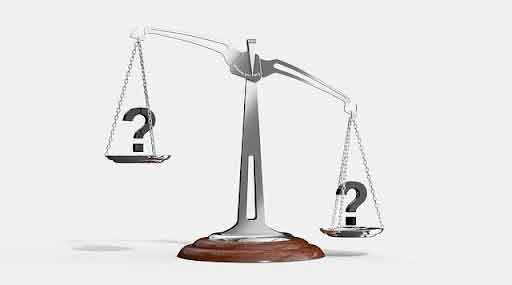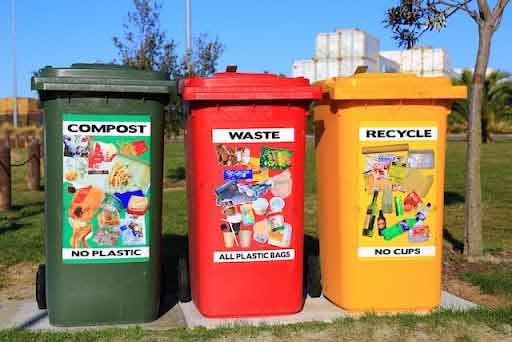
What is an ejector pump? Is it the same thing as a sump pump? If I already have a sump pump in my home, do I need to install an ejector pump too? These are a few of the questions homeowners ask about ejector pumps, and in this post, we answer all of them.
What is an ejector pump?
An ejector pump is a compact appliance used to pump wastewater from a home’s drains into the main sewer line. Keyrenter Oklahoma City team explains, it is a sewage pump system designed to collect wastewater from below-grade drains and lift it to where it easily flows into the sewer. Ejector pumps can collect wastewater only or a combination of wastewater and sewer water.
How does an ejector pump Work?
The operation of an ejector pump is simple. Firstly, water from below-grade plumbing fixtures in the home drains into a sealed underground pit in the basement. Discharge pipes from the fixtures slope into the sides of the basin, allowing their content to easily slide into the pit. This waste is then moved to a higher elevation by an automatic pump installed inside the pit.
When is an ejector pump needed?
Plumbing systems, from inception, have always relied on gravity to move wastewater from the home to the municipal sewer lines or a septic tank system. But this system only works when wastewater is moving from a high elevation to a low one. In homes where the plumbing fixtures are below-grade level, this system will not work. In such cases, the plumbing needs help to move wastewater from below-grade parts of the home into the sewer line. That is what an ejector pump does.
What’s the Difference between a sump pump and an ejector pump?
Sump pumps and ejector pumps have a lot of things in common but serve completely different functions. Similarities between the two include; both systems being housed in a pit located in the basement or crawlspace; they both help move water from inside the home to the outside, and they do this with the help of automatic pumps. But there are also a lot of vital differences between sump pumps and ejector pumps.
- Sump pumps: Sump pumps help to prevent flooding. They handle water coming into the home from the outside. It can be groundwater that infiltrates the basement or runoff that ends up in the basement after flowing over the ground. Water removed by a sump pump is discharged at a point outside the home, in the yard or into a storm sewer.
- Ejector pumps: Ejector pumps handle water from plumbing fixtures or water-utilizing appliances inside the home. Unlike sump pumps which are designed to only work during emergencies, ejector pumps are expected to work at intermittent periods throughout the day. Unlike the sump pump where the pit is often open, the lid of the ejector pump is completely sealed.
What are the different types of ejector pumps?
Although there are many different types of ejector pumps, most residential and light commercial pumps can be divided into two major categories: sewage ejector pumps and sewage grinder pumps.
Sewage ejector pumps: These are high-volume/low-pressure submersible pumps that do not have grinding blades. They are designed to handle solids of no more than 2’’ in diameter. They draw sewage into the system through the bottom via a spinning mechanism. Their motors range in size from 4/10 – 2 HP.
Use this type of ejector pump if:
- Pumping sewage to a short distance of 750 feet or less.
- You have a short vertical distance – under 70 feet – to lift sewage to.
- You are pumping to a gravity sewer main.
- You are pumping sewage to a septic tank system.
Sewage grinder pumps: These low-volume/high-pressure submersible pumps are designed to handle solids. They have cutting blades that grind raw sewage and reduce it to a slurry. Sewage grinder pumps can pump at pressures of up to 60 P.S.I. Their motors range from 2 HP and over.
Use this type of ejector pump if:
- You are pumping to a very long distance of 750 feet or more.
- You want to lift sewage to a high vertical distance (20-30 feet minimum).
- You are pumping to a pressurized sewer main.
- You are only pumping to the city sewer.
How do I keep my ejector pump in good shape?
To protect your ejector pumps, please observe the following rules:
- Do not dump metal, plastic, baby wipes, sanitary napkins, rubber gloves, dental floss, condoms or cotton into the system.
- Keep grease, oils and fat out of the system.
- Schedule periodic inspections and maintenance for your ejector pump.
Finally, does your home need a sewage ejector pump? The groundwork you do before you add an ejector pump determines the effectiveness and longevity of the system. Before you decide to install an ejector pump in your home, talk to us for a thorough needs assessment of your home.
This step will help ensure you get the most value for every dollar you spend on your ejector pump.

